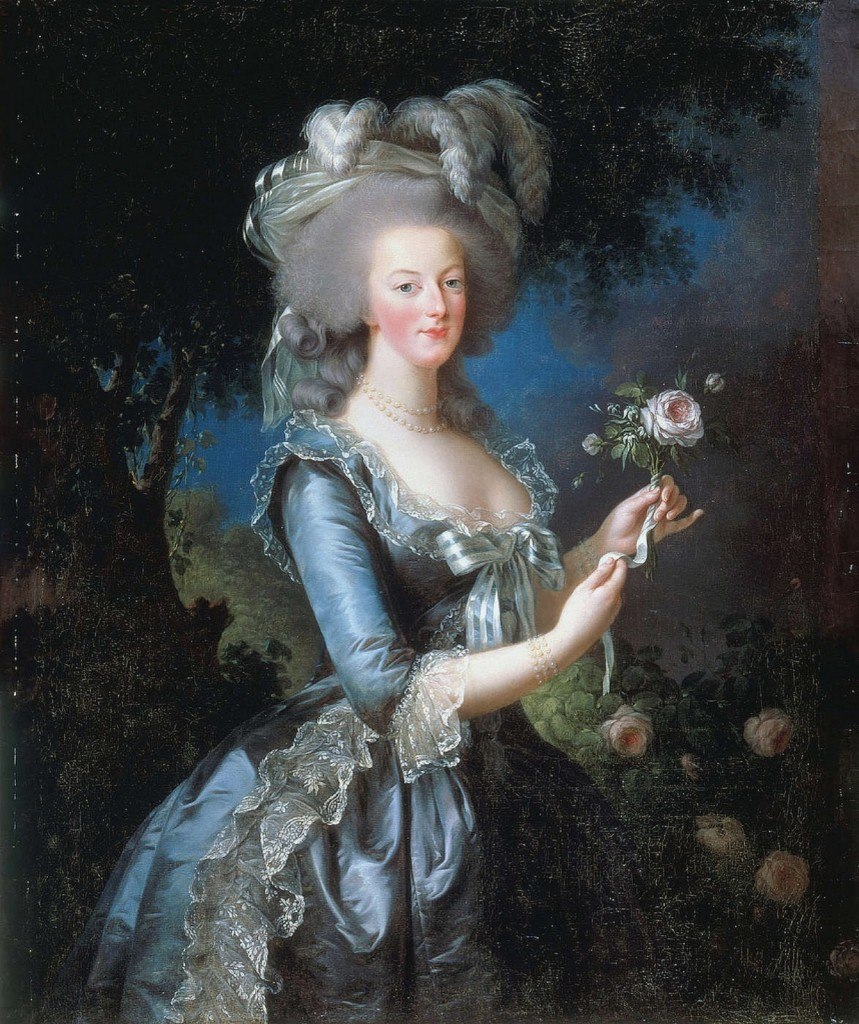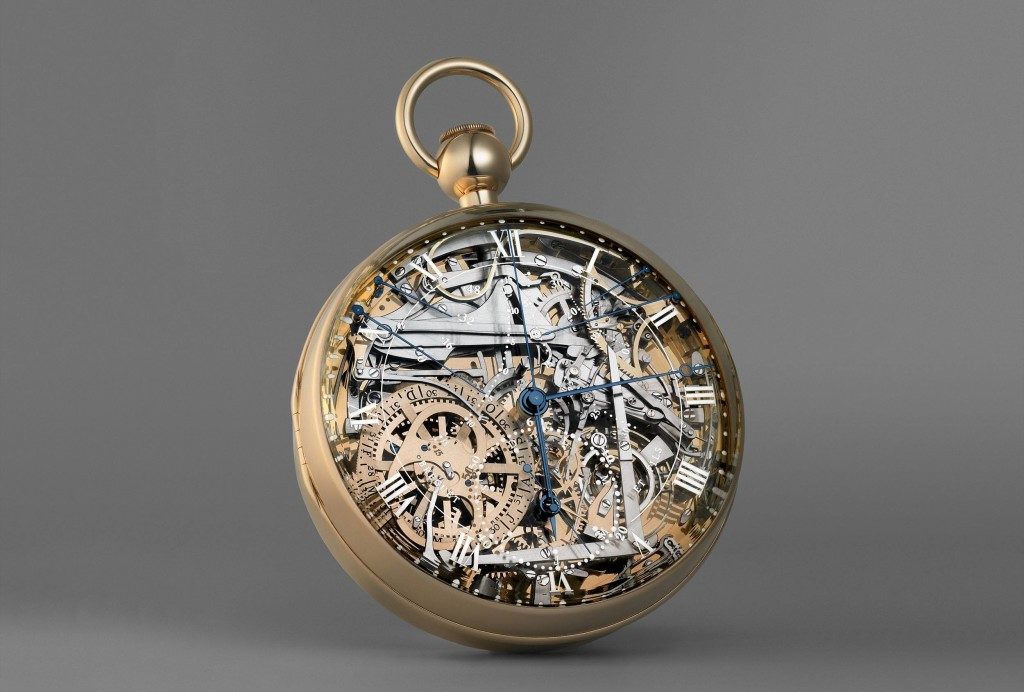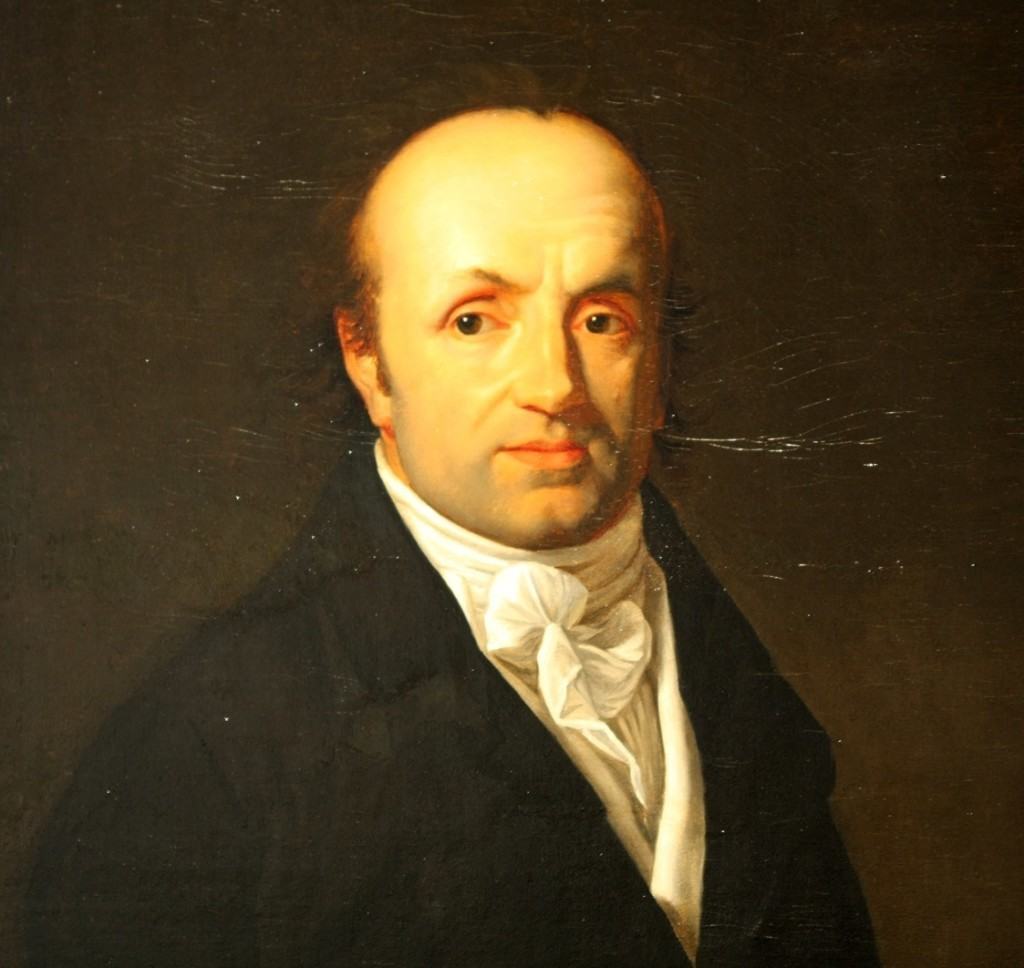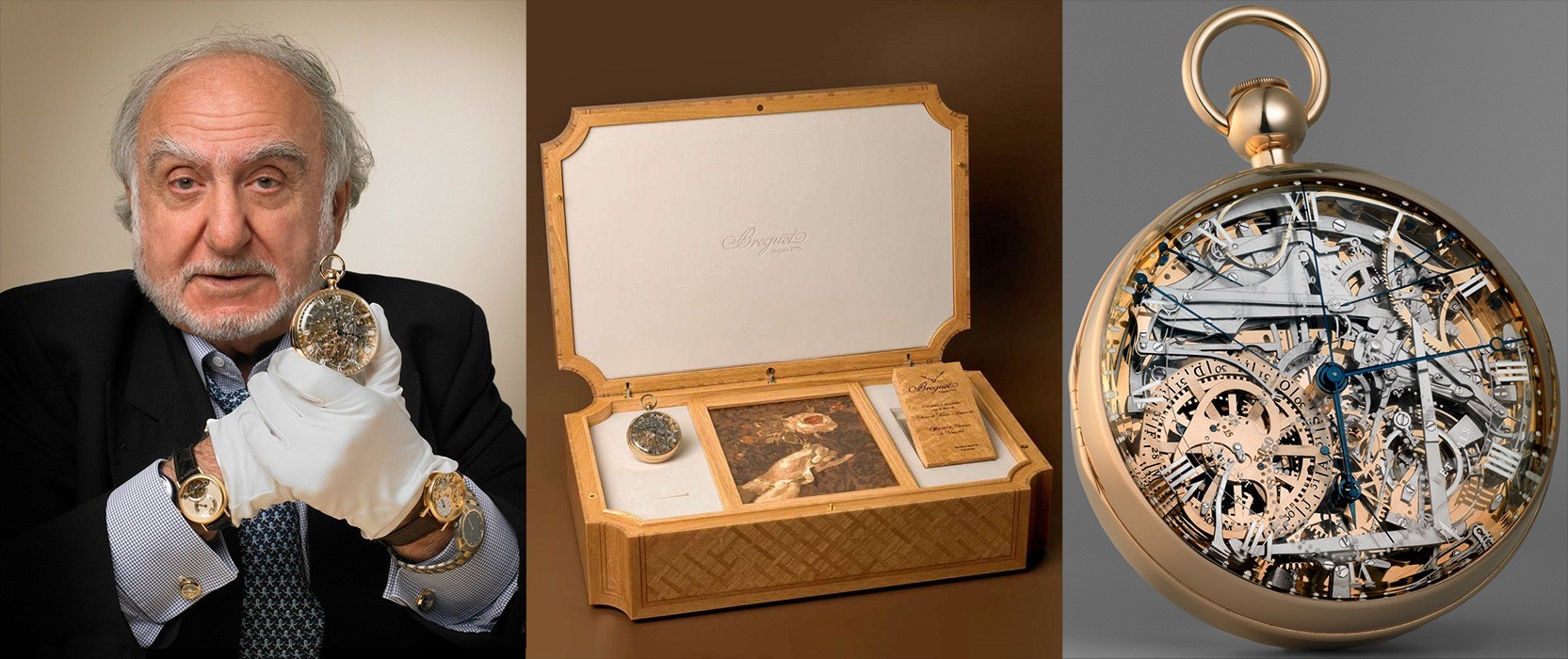
Just recently, a book about an important historical pocket watch was released by John Biggs. Now, (cue Troy McLure voiceover) you may know Biggs from the HourTime Show podcast or his writing at TechCrunch and WristWatchReview. What you may not know is that he is also an author of books. While his previous release, Mytro, was a fictional outing; his most recent, Marie Antoinette’s Watch: Adultery, Larceny, & Perpetual Motion, is an exploration of many histories.
On the surface, you’d expect that the book is a history of the Marie Antoinette pocket watch, and it certainly is. It is also an exploration of Abraham-Louis Breguet, who created the watch. At the same time, it is a history of the watch industry, a history of France around the time of the revolution, and a history of the biggest theft to occur in the world of horology. So, no matter what your own particular interest is in history, there is some facet of it here that should grab your attention, provided you are starting from a base of being into watches.
Fortunately for us, Biggs has a way of writing all of these various threads of history in a way that is engaging, and almost carries a feel of a novel. In other words, it’s engaging. The various court intrigues that occurred around Marie Antoinette (the actual queen) could have been dry, but Biggs breathes life into it, focusing especially on the special relationship that planted the seed leading to the commission of the pocket watch.
Biggs also could have chosen to give short shrift to Breguet (and his eponymous company), but he manages to weave in the personal history and accomplishments of the man in a way that humanizes him, and paint a vivid portrait of the man who was driven to complete his most famous commission. It also provides a backdrop for understanding what the clock and watch industry was going through in Breguet’s time, and how he drove a lot of the direction that brings us to where we are today.
https://www.youtube.com/watch?t=412&v=bqlclo8uiVI
For a history book, there is plenty of present-day included as well. While the creation (and subsequent theft) of the Breguet Marie Antoinette watch certainly come up from the mists of time, Biggs covers the story from the current day too, showing the reader what the Breguet company has become today, and its efforts to reproduce the Marie Antoinette watch, with the recreation having been in production for years before, and arriving shortly after the original was recovered.
Suffice it to say, I really got into the subject matter Biggs presents. That said, it is not a flawless book – there were a few passages I needed to re-read a few times to get what was being said – but, on the whole, I found it to be an excellent read. The research is top notch, and the writing style is done in such a way that the reader is kept engaged, even if they are not particularly into books of a historical nature. Even if you do not have a particular interest in (the) Marie Antoinette, I would recommend this book for anyone with an interest in watches, given the insight provided into the history of the watch industry – from pre-revolutionary France up through the modern day. For more on this book, and others written by John Biggs, you can head over to his website (linked to below).
We also got some time with Biggs, and threw some questions his way about the book and its subject. Often times with books of this nature, it can be helpful for the reader to sort of understand where the author is coming from, and what drew them to the subject in the first place. Without any further ado, here’s our interview with John Biggs.
aBlogtoWatch (ABTW): When did you first settle in on the idea to write about the Marie Antoinette?John Biggs: I got the idea when I was learning about watches in about 2001. It’s the one story in the watch world that truly has it all – the mystery, the suspense, the romance, and the beauty. I was hooked from the beginning.
ABTW: With all of the locales involved in the story, I assume that there was no small amount of travel involved with researching the book. How did that go?
John Biggs: I visited France, Sweden, Israel, the UK, Switzerland, and Austria. It was an exhausting process. At one point, I was hospitalized for some kind of weird stomach thing I picked up as I was traveling. Writing a big book like this is hard.
ABTW: With this sort of research, it seems there are inevitably surprises about the subject that the writer does not expect. What caught you off-guard when you discovered it?
John Biggs: I was surprised to know that it had a dead-beat seconds hand. This is a hand that “ticks” like a quartz watch, which is very unusual. They used to add those to make watches be more like mantle or pendulum clocks. It’s a strange feature but very cool.
ABTW: Given the main subject of your book, did you get to see the Marie Antoinette in person?
John Biggs: I did. I saw the original in Israel, and I even saw the recreation in Switzerland. Breguet and Nicholas Hayek built the watch on a whim just before the watch was rediscovered.
ABTW: Your book contains a lot of background on Breguet and the company he built. Given this knowledge, do you feel drawn to own a Breguet some day?
John Biggs: I love Breguet. I don’t like frou frou watches, so I’d prefer to get a Transatlanique versus one of their more filigreed models. However, I’d be happy to wear any Breguet – as long as I don’t need to swipe my credit card.
ABTW: The Marie Antoinette is certainly a milestone in the history of watchmaking. What place do you think it has in today’s world of horology?
John Biggs: The sad thing is that it has no place. It’s like a clockwork bird – it makes no sense that it exists. It’s cute and it’s fun, but it can easily be recreated electronically. These watches were the pinnacle of the arts and sciences in the 1700s and 1800s, but they don’t mean much to the average person of today. However, thanks to sites like ABTW and WWR we can build groups of people who love watches and truly appreciate what Breguet did so many years ago.
ABTW: It is unfortunate that that’s the state we’re at, with the Marie Antoinette being a historical curiosity more than anything at this point. If you could pick any one facet of what went in to creating the Marie Antoinette, and have it executed in a modern watch, what would it be?
John Biggs: The passion. The Marie Antoinette was a library of amazing features inside a timepiece that is literally breathtaking. It’s the perfect marriage of form and function and it showed Breguet’s true love for the craft.
ABTW: This book is fairly extensive, and covers one of the most intriguing modern horological mysteries. Is there some other watch-related topic you think you’ll dive into next?
John Biggs: I’m probably taking a break. If you’ve heard me on the podcast you’ll see that I’m kind of watched out. I love them a lot, but at this point, I need to expand a little. I’d like to write about humans a little more in my next non-fiction book.
ABTW: Last, but not least, let’s get your love of technology (and 3D printing) in the mix. Do you think the world of 3d printing will be able to approach the level of precision that would allow something like the Marie Antoinette to be produced, assuming the assembler had the requisite skills to put it together?
John Biggs: Oh man. That would be cool. I can imagine a time when we are able to generate objects using 3D printing and nanobots. I could imagine feeding in plans and having a watch appear a few hours later. It would be amazing.
You can read more about John’s new book in his own words and a chapter from it, as well as enter for a chance to win one of three signed books that he is giving away right here. johnbiggsbooks.com





